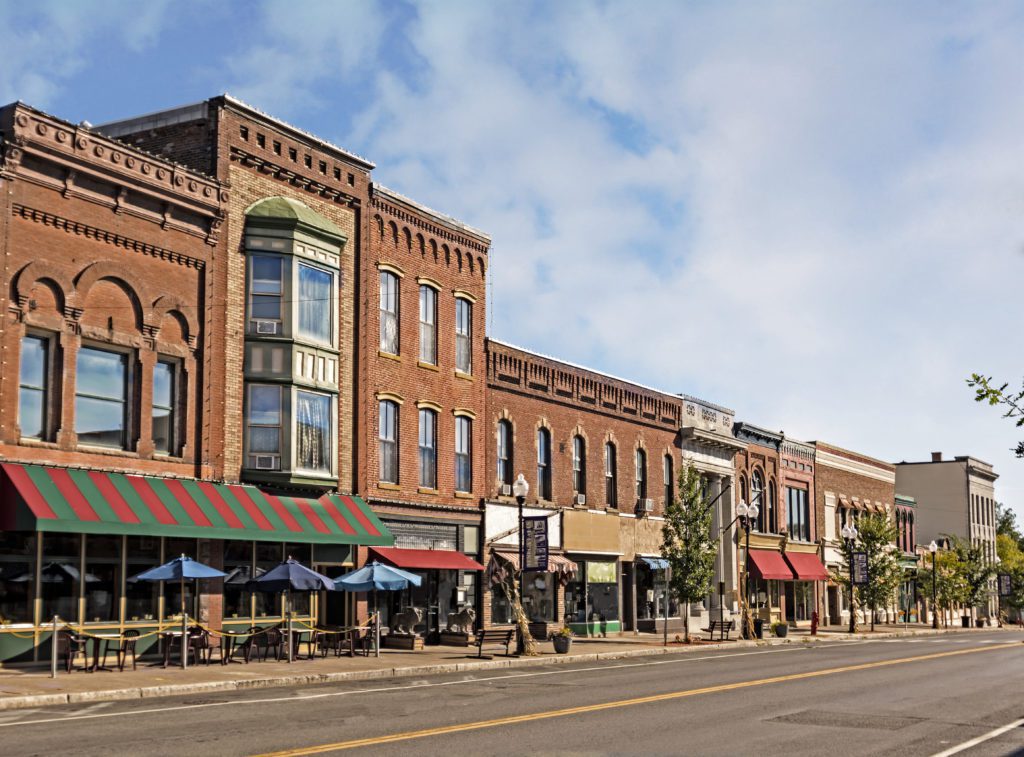Grandfathering
The first misconception that I need to get out of the way is that an old building is “grandfathered” from compliance with the ADA. For anyone who has read my previous postings, we know this is not true. This myth prevents some people with responsibilities under the ADA from performing their due diligence. It’s the path of least resistance for those who choose to believe it. I’m both fascinated and disappointed that, in our culture, we believe people when they repeat what they heard from someone else.
Another version of “grandfathering” is when people think a historic building doesn’t have to meet the requirements of the ADA. An old building is not historic simply because it is old. A historic building should get registered on a State or National registry for historic preservation. Some exceptions from the ADA Standards can apply when a State Historic Preservation Officer believes that an alteration would threaten the historic significance of a specific aspect of the project. Having a historic building is not a get-out-of-jail-free card when it comes to access under the ADA. Public entities and accommodations that operate from historic buildings have responsibilities to provide access under the ADA. They should use proper procedures to take exceptions if providing access might endanger the site’s historic significance.
By Chris Murphy

